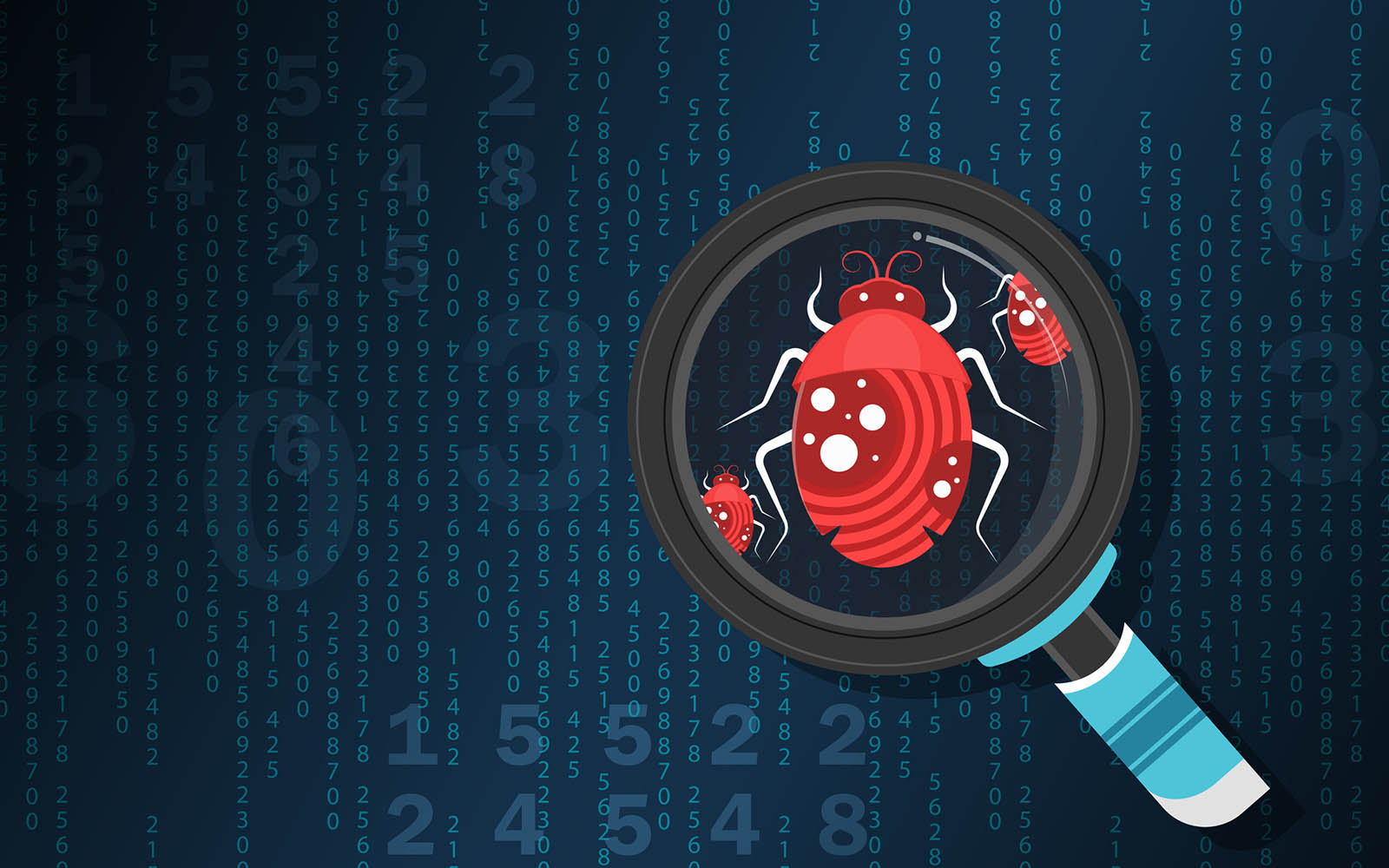Adoption of voice-activated technology has accelerated in recent years. Voice-controlled functionality on smartphones and voice-controlled devices for home use, such as Amazon Echo and Google Home, have become widespread. Voice control is also being implemented in many other areas, including banking, healthcare and office environments. US bank Capital One, for example, has developed a third-party […]
Category: researchblog
Minimising the Risks of Using Flash
Flash is well-known to people within the cyber security industry to have a long history of security vulnerabilities as well as functionality flaws. However, it is impossible to completely uninstall Flash, as the plugin has been integrated in both Internet Explorer and Microsoft Edge, which are core applications that come with Windows builds. Therefore, the purpose of this blog post is to provide possible solutions for organisations to minimize the risks of having Flash.
Moodle Jmol Plugin Multiple Vulnerabilities
In a recent penetration test of a Moodle instance, a review of the installed plugins revealed several security issues in a plugin that has not been updated for several years.
Compromising Jira Externally to Get Internal Network Access
In a recent external network engagement, which had a fairly large number of external services, I found a Jira login page available on the client’s external network. The login page belonged to a Jira Software service, an issue-tracking system used in project management and software development. https://jira.example.com The Jira Software version was just few versions […]
From Internal Web Application To Domain Admin
In a recent internal network penetration test I found a slightly less conventional route to get domain administrator privileges. This type of attack is certainly not new but it shows how thinking-out of the box takes a crucial part when comes to penetration testing. The client that I was facing definitely was not new to […]
Minimising the risk of using Java
Much as they may wish to do otherwise, organisations may need to install the Java Runtime Environment (JRE) so users have the Java Plugin they need for required web-sites, and/or run installed Java applications provided as JAR files. However, the vulnerabilities of JRE are well known and documented, as shown below, so meeting this requirement […]
CVE-2018-18863 ResourceLink Local File Inclusion
In a recent penetration test ResourceLink version 20.0.2.1 was found to be vulnerable to local file inclusion (LFI). ResourceLink is a payroll web application that allows HR departments to manage payments and employees’ bank account details. LFI allows an attacker to include the contents of another file hosted on the web server, within a web […]
Combining Issues to Compromise the Domain
Internal penetration tests, as approached by Dionach, are a good exercise to assess the security of the internal networks of our clients. Typically, we spend a few days on-site, starting with a standard low-privileged account – or in many cases with no credentials at all just patching ourselves to the network – and working our […]
Overview of iOS 12 Security Features
When deciding whether or not to install iOS 12, many iPhone and iPad users will be primarily concerned with the “flashier” features: Memojis, group FaceTime calls, performance improvements for older devices, and more. However, the recent iOS update also contains a number of security features that deserve some consideration for those concerned about protecting the […]
Behavioural Analysis of Malware via Network Forensics
Most antivirus systems today use signature-based detection in order to identify given binaries as malware. Malware authors adapting to this with anti-forensic tooling has lead to the use of behavioural and heuristic analysis in order to detect and classify malware types. It is possible to identify malware types exclusively from analysing the network behavioural patterns […]










